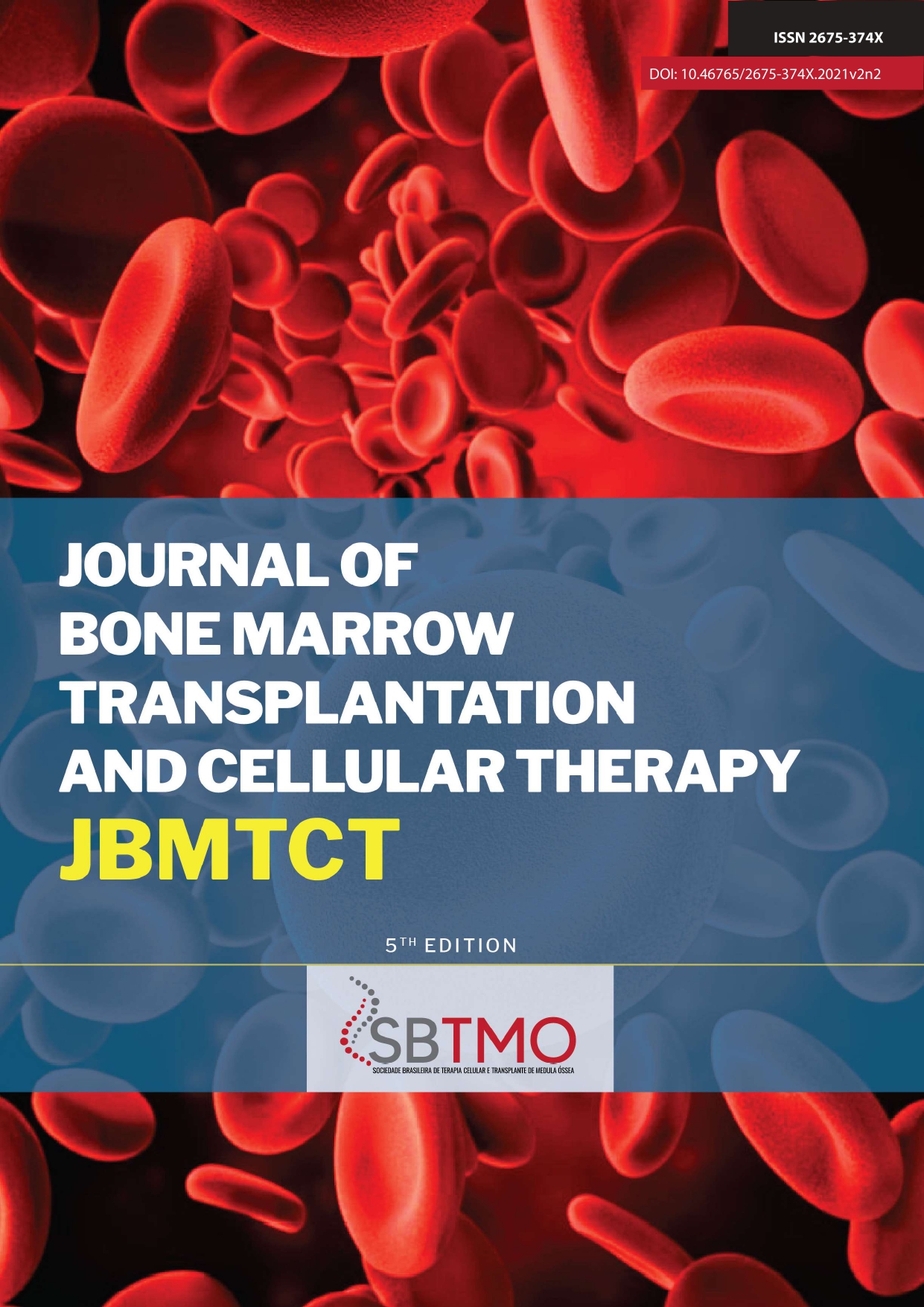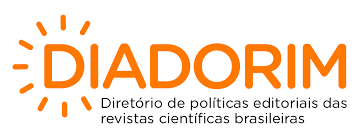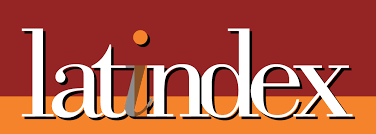The importance of CD34 positive cell quantification for Hematopoietic stem cell mobilization
english
DOI:
https://doi.org/10.46765/2675-374X.2021v2n2p94Keywords:
Stem Cell. CD34 positive cells. Autologous Hematopoietic stem cell transplantation. flow cytometry.Abstract
Abstract
Objective: The success of autologus hematopoietic stem cell transplantation relies on CD34+ cells' availability in peripheral blood (PB), which is affected by several factors as age, sex, type of the disease, treatments, and others. In that regard, this prospective study aimed to evaluate the influence of these factors, correlating them with the pre-apheresis CD34+ cell count.
Method: Before autologous hematopoietic stem cell transplantation, CD34+ cells were quantified in the pre-apheresis PB and the final product. Then, after the determination of minimum CD34+ value, clinical and laboratory parameters were compared between patients with higher and lower CD34+ cells count. Results: Out of the 34 patients, 29 presented more than 20,000 leukocytes/μl. Patients who failed in the mobilization presented <20,000 leukocytes/μl. There was a significant difference between the groups with different pre-apheresis CD34+ cells status regarding age (p=0.025), leukocyte count (p<0.001) and mononuclear cells (p=0.001) in PB. In addition, the pre-apheresis CD34+ ≥14 cells/μl group was related to a better yield of these cells in the final product and with the requirement of a single collection to obtain the minimum yield, of 2x106 CD34+/kg. Conclusion: This study demonstrates age and leukocyte count relate to CD34+ count in PB, and that CD34+ cells yield in the collection, can be predicted by CD34+ cells frequency in PB.









